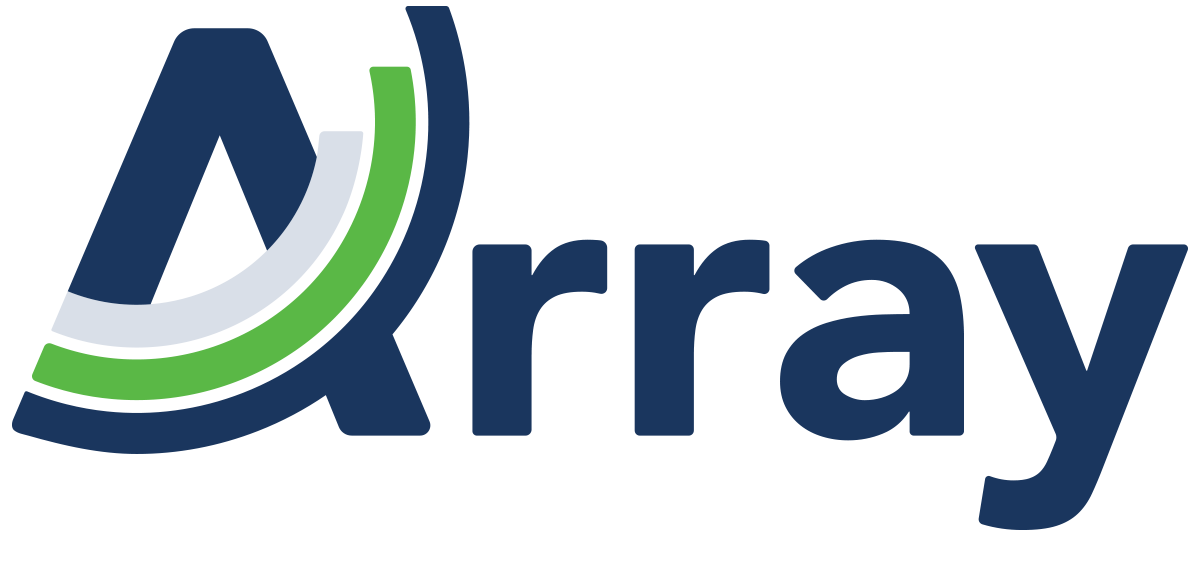In an online world, lawyers still need paper.
Three years ago we didn’t know that “unprecedented times” and “new normal” would become a mainstay in our cultural lexicon. While some things have faded with time, it seems that some pandemic upstarts like QR codes, Pelotons, and Zoom are with us for the long haul.
As we look forward, remote trials, a necessity in 2020, are less common today but courts, faced with staffing challenges and a litigation backlog are keeping the digital meeting space in use. Law firm Womble Bond Dickinson points out that while remote calendar hearings, depositions, and jury selection may be with us for the long haul, fully remote trials are likely to go.
Even with the rising prominence of e-discovery and online proceedings, paper is still a big piece of the puzzle in traditional discovery and trial support. While working with paper may seem like old hat in the legal world, a new approach offers multiple opportunities to legal teams.
The legal industry has a long history of being paper-centric. New associates begin their careers deep in research, drafting pleadings or motions and, of course, discovery. All of which – even today – includes a large volume of paper. In 2007 Arnold & Porter estimated that firms print anywhere from 20,000 – 100,000 pages of paper per attorney, per year. While that has decreased as more discovery moved online, even 20,000 pages per attorney is still a significant expense for firms.
It’s paper. What could it cost? 10 dollars?
Lawyer Monthly estimates that law firms spend “up to 3 percent of its annual revenues on printing and document output, with around 30 percent of these costs going toward toner and maintenance fees.” With today’s pressure on GCs and law firms to reduce expenses, 3 percent is worth some attention.
In addition to the hard cost of purchasing, using, and maintaining the machines and supplies, soft costs go into the time used to ensure they are operating correctly. Again, when looking at reducing expenses directing the time and energy of legal and support teams toward billable work is important.
Analog Litigation
As much as we’re attached to The Cloud components of a litigation matter may exist in the analog world. When your team is focused on the specifics of a case, having a partner manage these elements can save your team time, money, and add an extra layer of quality control to your project.
A litigation support firm can handle a variety of paper needs like:
- Document Scanning, Printing and Copying Services – B&W/Color/Oversize
- Document Labeling/Image Endorsement
- Onsite Scanning/Photocopying Services
- OCR/LDD, Indexing and Coding Services
- Print from Various Formats
- Binding and Finishing Services
- Standard/Custom Tab Insertion
- Duplication and Conversion of VHS, CD, DVD,
- Microfilm, Microfiche and X-rays
- Document Reconstruction Services
From laying the groundwork for a case to preparing trial materials, an experienced partner can also manage:
- Hi-Volume Digital Printing
- Hi-Volume Digital Imaging
- Exhibit Binder Creation
- Demonstratives/Enlargements
- Exhibit Creation/Graphic Design
- Trial Technology Support
Engaging with an experienced partner to manage these logistics can not only provide peace of mind, it also alleviates hard and soft costs that go into managing these projects internally.
But my case has electronic elements too.
We know legal proceedings can be complex. Most cases are a mix of digital and print files, in-person and remote proceedings.
In today’s environment being efficient and effective as possible not only helps your clients, it helps your team. Finding a litigation support firm that can tackle e-discovery, managed review, exhibit preparation, even court reporting, means your team can focus on winning the case with the confidence you have a partner managing the logistics.
If you are looking for a partner to make litigation a little easier, we have an Array of services to help. Array’s team of project professionals get to know you and your needs to build a plan specifically tailored to you

